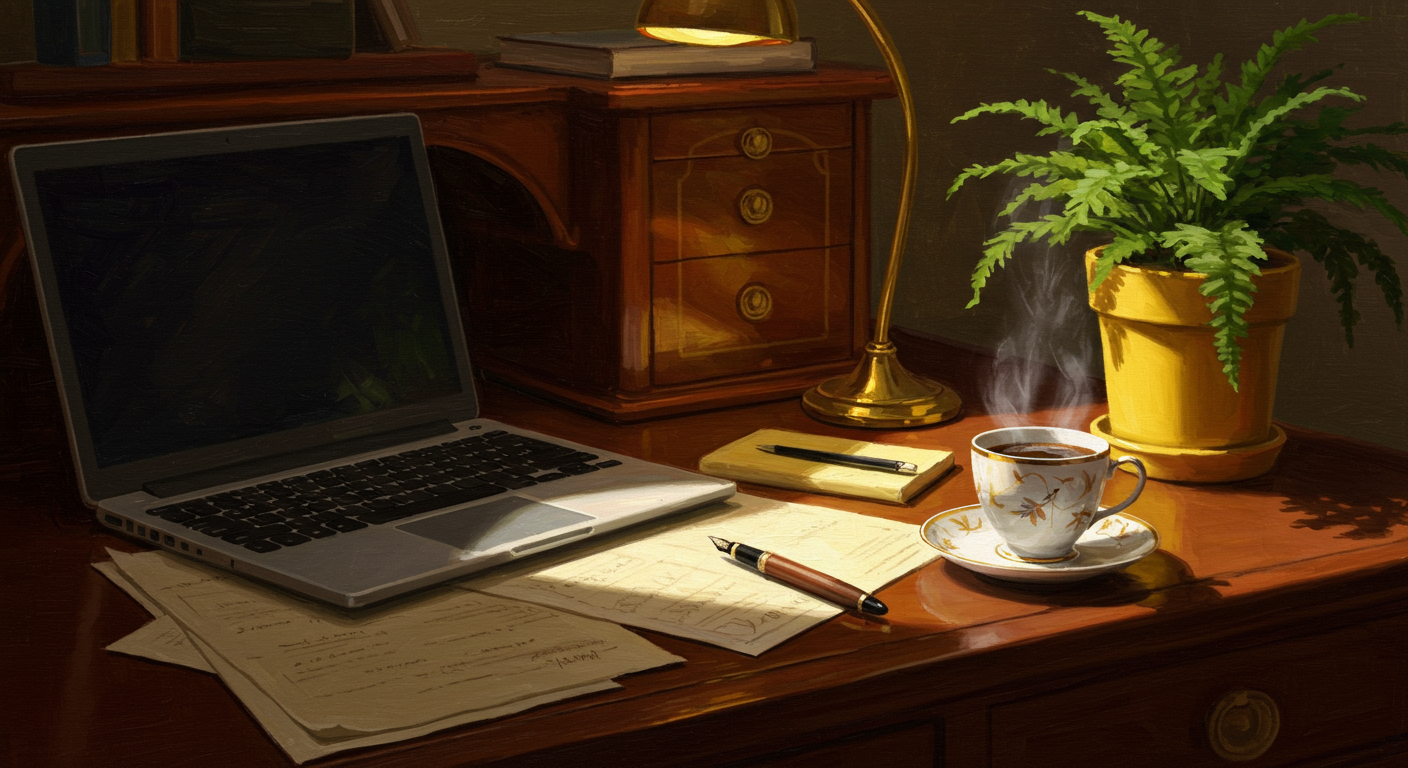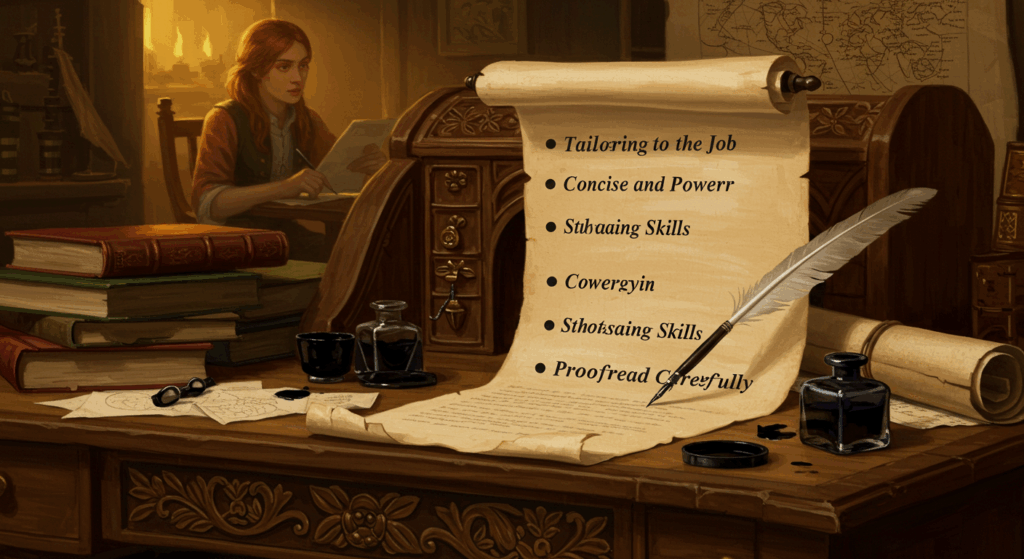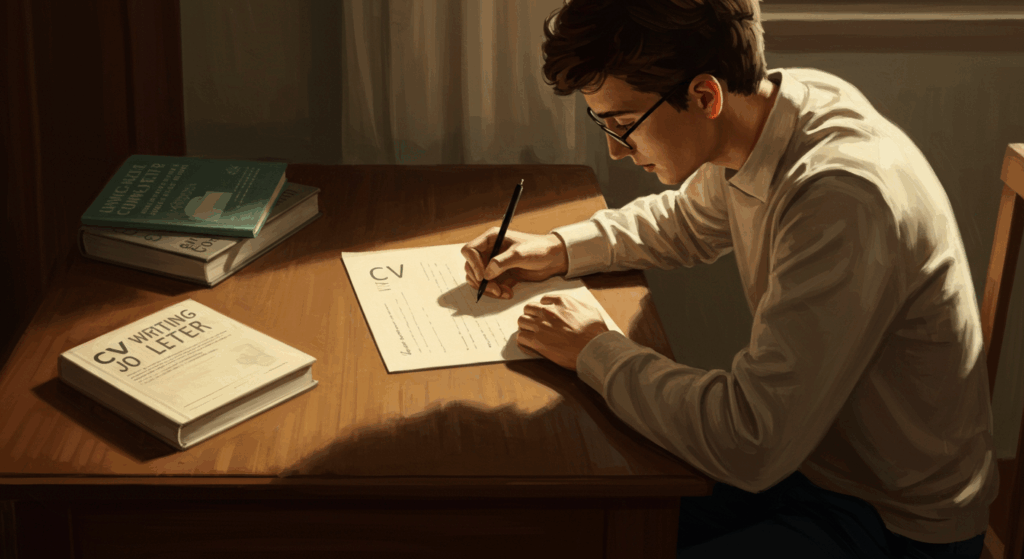Let’s see, creating a cover letter feels like one of those chores you know you have to do but you’d rather scroll TikTok or binge a random Netflix series instead. It’s awkward, it’s sometimes stressful, and ngl, it can feel like you’re writing the most formal “pick me” note of your life.
But here’s the thing: cover letters are still around for a reason. They’re not just corporate busywork. Done right, they’re your chance to stand out in a sea of résumés that all kinda look the same. Your résumé says, “Here’s what I’ve done.” Your cover letter says, “Here’s who I am and why you should care.”
So grab that iced latte (or matcha, or energy drink—no judgment), open a blank doc, and let’s break this down. We’ll talk through the basics, share some writing tips, explore a formatting guide, and even throw in some examples that you can vibe off of. And I promise to keep it casual, a little messy, and 100% human.
Why Cover Letters Still Matter (Even in 2025)
You might wonder, “Why do we still need cover letters when my LinkedIn is basically my digital resume?” Fair question. But cover letters still matter for a few reasons:
- They show effort. Taking the time to craft one proves you actually care about the role.
- They reveal personality. A résumé is bullet points. A letter is your voice.
- They fill in gaps. Maybe you’re changing careers, or toook time off—this is where you explain it.
Think of it like this: résumés are the trailer, cover letters are the director’s commentary. Not everyone will listen, but the people who do? They’ll see more of your story.
Step One: Creating a Strong Introduction
The introduction is everything. If your opening line is boring, a recruiter will skim the rest. So let’s ditch the cliché “I am writing to apply for…” (yawn).
Better ways to start:
- Use their name. “Dear Jamie,” is a hundred times better than “To whom it may concern.”
- Get to the point. “I’m excited to apply for the Social Media Coordinator position at Glow Media.”
- Add a hook. Show a little personality:
- “When my friends told me I spent too much time on TikTok, I turned it into a career skill.”
- “I never thought running a college meme page would lead to a career in digital marketing, but here we are.”
Creating a cover letter introduction that feels like you is key. It should be professional, but not stiff.
The Formatting Guide You’ll Actually Use
Okay, let’s talk formatting guide, because people stress way too much about this. It’s not rocket science. Just keep it clean and structured:
- Header
- Your name, email, phone number (keep it simple, no funky fonts).
- The date.
- Hiring manager’s name + company.
- Introduction
- We just talked about this—hook them in.
- Body paragraphs (1–2 max)
- Show your skills.
- Tell mini stories.
- Connect it to the company’s needs.
- Closing
- End strong, thank them, and suggest connecting.
That’s it. Don’t overthink the format. A clean, single-page letter works way better than a design-heavy, Canva-explosion cover letter that distracts from your actual words.
Writing Tips for a Strong Body Section
Now, the middle of your cover letter—the “body”—is where most people flop. They either repeat their résumé or go into long-winded life stories that no one asked for.
Here are some writing tips to keep it fresh:
- Pick 2–3 key skills the job description highlights.
- Give quick examples of when you crushed those skills. Don’t just say, “I’m good at teamwork.” Say, “I collaborated with a five-person team to launch a campaign that boosted engagement by 45%.”
- Match the company vibe. If they’re a playful startup, loosen up. If they’re a corporate law firm, keep it crisp.
Basically, don’t just say you’re awesome—prove it in a way that feels real.
Examples That Don’t Suck
Alright, here are a few examples of intros and bodies that actually sound human. Use them as inspo, not copy-paste.
Example 1: The Creative Hook
Dear Alex,
I’m excited to apply for the Content Creator role at Bright Co. Honestly? Making TikToks that people actually like has become my weird little superpower. At my last internship, I grew our Reels reach by 300% in three months (not bad for someone who still can’t cook rice without burning it).
This works because it’s casual, authentic, and still shows results.
Example 2: The Career Switcher
Dear Hiring Team,
After five years teaching English, I’ve learned how to grab attention, simplify complex info, and keep people engaged (even at 8 a.m. on a Monday). Now I’m excited to bring those skills to your Learning & Development team.
This shows transferable skills in action.
Example 3: The Direct Pro
Dear Jamie,
I’m applying for the Project Manager position at Bold Systems. Over the past three years, I’ve led cross-functional teams that delivered projects ahead of schedule 90% of the time. I’d love to bring that same energy and precision to your growing team.
Clear, confident, and to the point.
The Closing: Don’t Fumble Here
Your closing is the last impression, so don’t make it awkward. No need for over-the-top lines like, “It would be the honor of my lfe to work for your esteemed organization.” Ew.
Keep it short and confident:
- “Thanks for your time—I’d love to chat more about how I can support your team.”
- “Looking forward to the chance to bring my creativity to Glow Media.”
- “I’d love the opportunity to connect soon.”
And then sign off simply:
- Best,
- Sincerely,
- Thanks,
Skip “cheers” unless the company is super casual.
Common Mistakes to Avoid
Alright, let’s save you some embarrassment. Here are mistakes people make when creating a cover letter:
- Typos galore. One typo is forgivable. Ten? That’s sloppy.
- Too generic. Recruiters can spot a copy-paste job from a mile away. Personalize it.
- Too formal or too casual. There’s a balance. Don’t sound like Shakespeare, but also don’t sound like you’re texting your roommate.
- Repeating your résumé word-for-word. Use this space to expand, not duplicate.
What If You Have Zero Experience?
This is a big one. Maybe you’re a student, fresh grad, or just switching careers. The trick? Focus on transferable skills.
- School projects. Leading group projects = teamwork and leadership.
- Side hustles. Selling stuff on Depop or managing a YouTube channel? That’s marketing and branding.
- Volunteering. Event planning = project management.
- Personal projects. Built a website for fun? That’s web design.
Even without “official” experience, you’ve got stuff to talk about. Frame it right, and it counts.
Quick Recap (Because Attention Spans Are Short)
- Start with a strong introduction that hooks them.
- Follow a clean formatting guide: header, intro, body, closing.
- Use specific examples to show your skills, not just tell.
- Follow simple writing tips: keep it short, human, and personalized.
- Avoid rookie mistakes like typos, copy-paste letters, and over-formality.
Final Thoughts: You Got This
Creating a cover letter doesn’t have to be this scary, soul-sucking chore. Think of it less like a corporate essay and more like a short note to show who you are, why you’re a good fit, and what you bring to the table.
You don’t need to be perfect—just authentic. Small quirks make you memorable. And hey, if your first draft feels messy, that’s normal. Write it, edit later, and polish it until it feels like your voice.
So open that doc, start typing, and trust yourself. The right job is out there, and your cover letter is one step closer to landing it.
Now go send that application. Then reward yourself with Netflix, snacks, or a victory dance—you’ve earned it.









